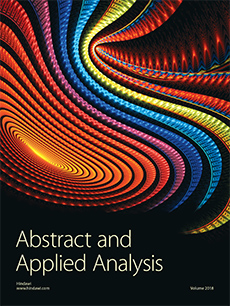Abstract
Spatiotemporal simulation of tourist town growth is important for research on land use/cover change under the influence of urbanization. Many scholars have shown great interest in the unique pattern of driving urban development with tourism development. Based on the cellular automata (CA) model, we simulated and predicted the spatiotemporal growth of Sanpo town in Hebei Province, using the tourism urbanization growth model. Results showed that (1) average annual growth rate of the entire region was 1.5 Ha2 per year from 2005 to 2010, 4 Ha2 per year from 2010 to 2015, and 2.5 Ha2 per year from 2015 to 2020; (2) urban growth rate increased yearly, with regional differences, and had a high degree of correlation with the Euclidean distance of town center, traffic route, attractions, and other factors; (3) Gougezhuang, an important village center in the west of the town, demonstrated traffic advantages and increased growth rate since 2010; (4) Magezhuang village has the largest population in the region, so economic advantages have driven the development of rural urbanization. It showed that CA had high reliability in simulating the spatiotemporal evolution of tourist town, which assists the study of spatiotemporal growth under urbanization and rational protection of tourism resources.
Citation
Jun Yang. Peng Xie. Jianchao Xi. Quansheng Ge. Xueming Li. Fanqiang Kong. "Spatiotemporal Simulation of Tourist Town Growth Based on the Cellular Automata Model: The Case of Sanpo Town in Hebei Province." Abstr. Appl. Anal. 2013 (SI14) 1 - 7, 2013. https://doi.org/10.1155/2013/975359
Information





